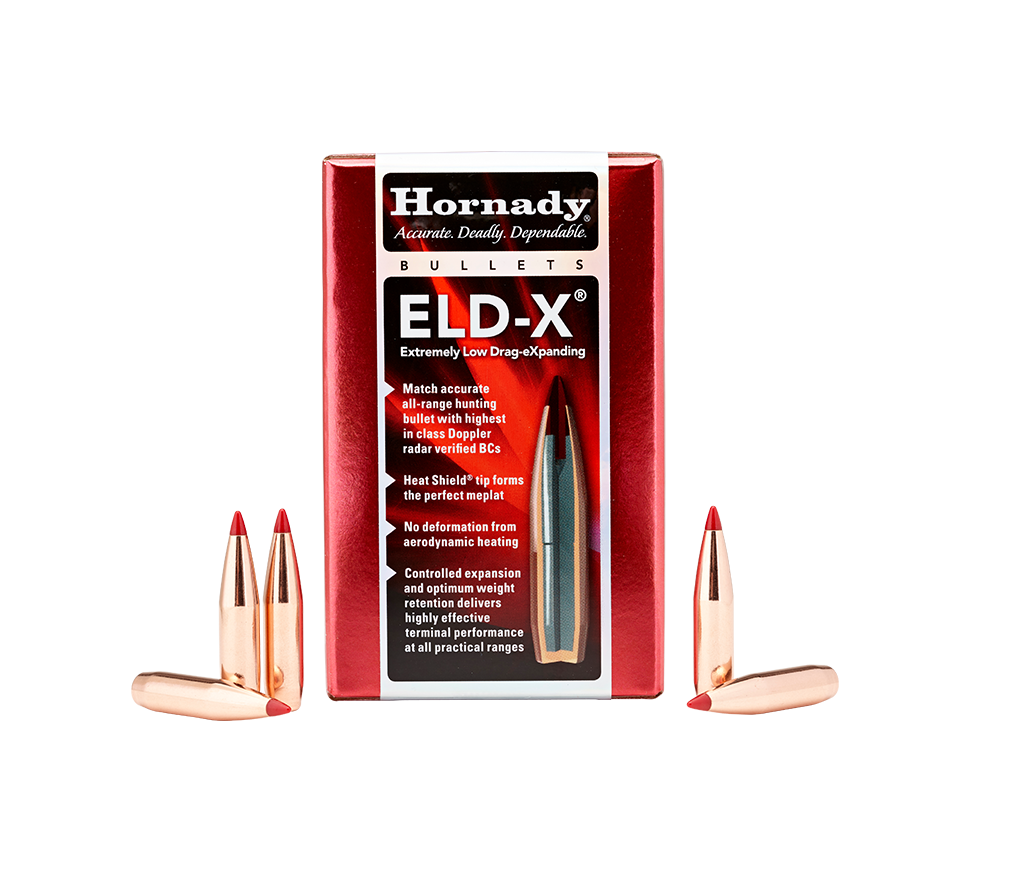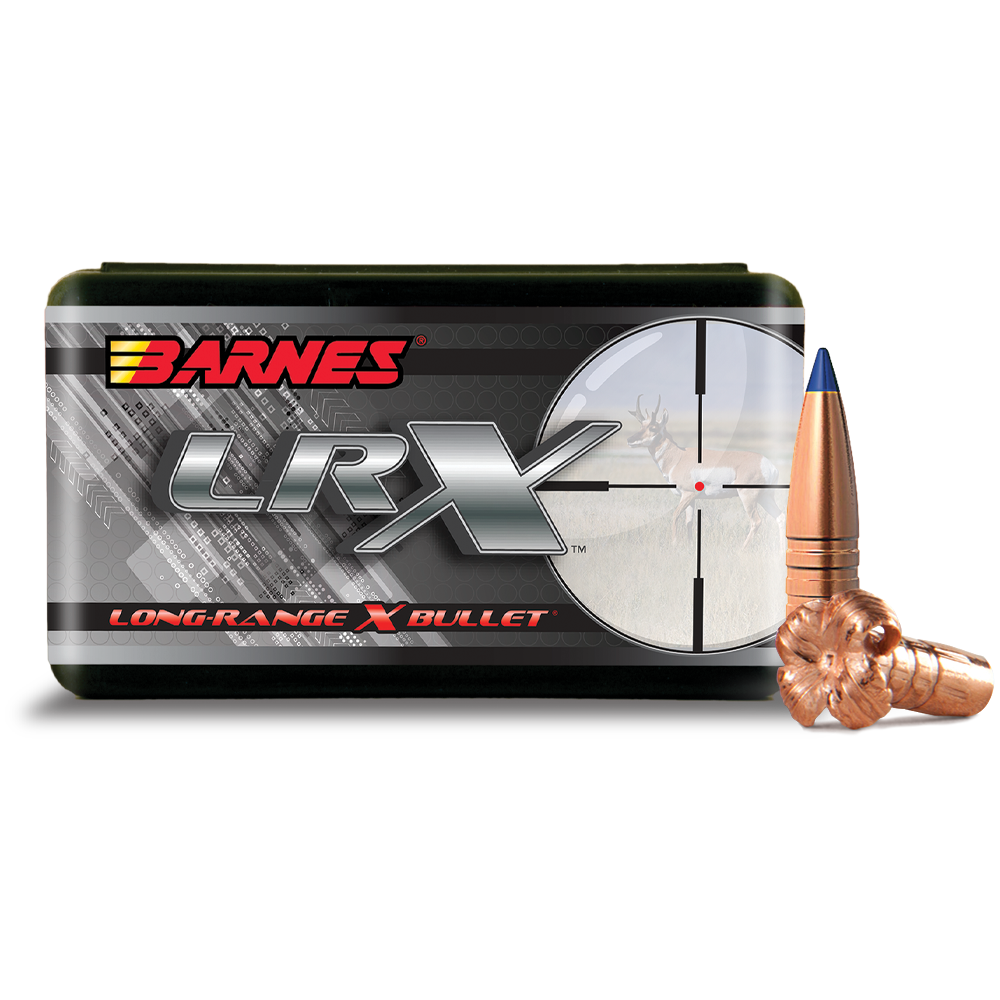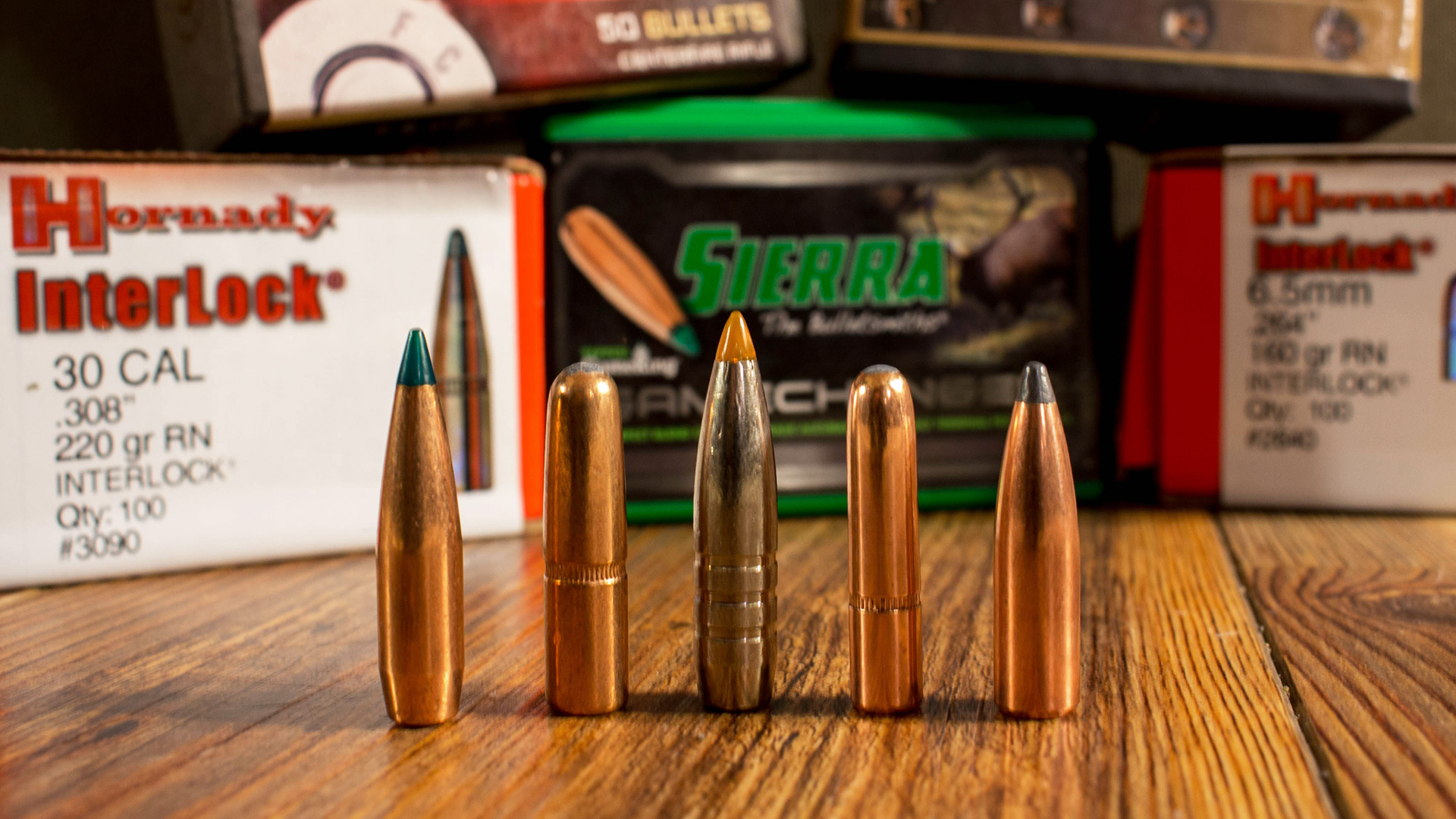westernrover
Member
- Joined
- May 4, 2018
- Messages
- 1,613
That would be pretty far on the extreme end for hunting bullets but the Hornady ELDX, Nosler accubond LR, Barnes LRX, and Berger VLD Hunting can be bought with G1's in the .6's and even .7's
AccuBond® Long Range Bullets
AccuBond Long Range bullets were developed in response to the escalating demand from long-range hunters who were asking for a hunting bullet that could keep up with today’s level of high-grade optics and ultra-high velocity cartridges in order to stretch practical shooting yardages past 1,000 yards.www.nosler.com

ELD-X® (Extremely Low Drag - eXpanding) - Hornady Manufacturing, Inc
The ELD-X<sup>®</sup> bullet is a technologically advanced, match accurate, all-range hunting bullet featuring highest-in-class ballistic coefficients and consistent, controlled expansion at all practical hunting distances.www.hornady.com

LRX - Barnes Bullets
www.barnesbullets.com

VLD Hunting Bullets
Berger VLD hunting bullets are produced with one very important feature in mind: Performance. The Berger VLD bullets have a boat tail and secant ogive.bergerbullets.com
I just used those numbers since they were the examples you used, but even looking at more traditional hunting bullets there is a big difference between a .350 bc and a .550 bc when we are talking about shooting at the ranges you mentioned and farther. Especially when you get to shooting 500+ yards either at game or targets. That's why people winning in PRS are using fairly modest cartridges like 6mm dasher with very high BC bullets. I'm not comparing hunting to PRS competitions but you get my point. I do take your point that today everyone thinks they are Kyle the sniper but the reality is very few people are shooting deer past 200 yards. There are people that do though and their is legitimate benefit to modern equipment and modern bullets that can't be replaced by just going faster.
That's good to know. I use Barnes, so I had looked up the LRX for 6.5 Creedmoor (which I've used myself). It didn't occur to me that the sleeker LRX bullets aren't made for Creedmoor or 6.5 PRC. I haven't looked at them all, but they have a .705 G1 BC LRX in .308" -- I wondered what cartridge would use that. It looks like 300 PRC, 300 Norma, 300 RUM, but also 300 Win Mag. It just needs a 1:8 twist. For the most part, the LRX are under .500 G1 BC. There are a couple of other .308" that are just over .5, one 7mm, three .338" and one .277" but the really high BC's are only that one in .308, a .338 at .667


